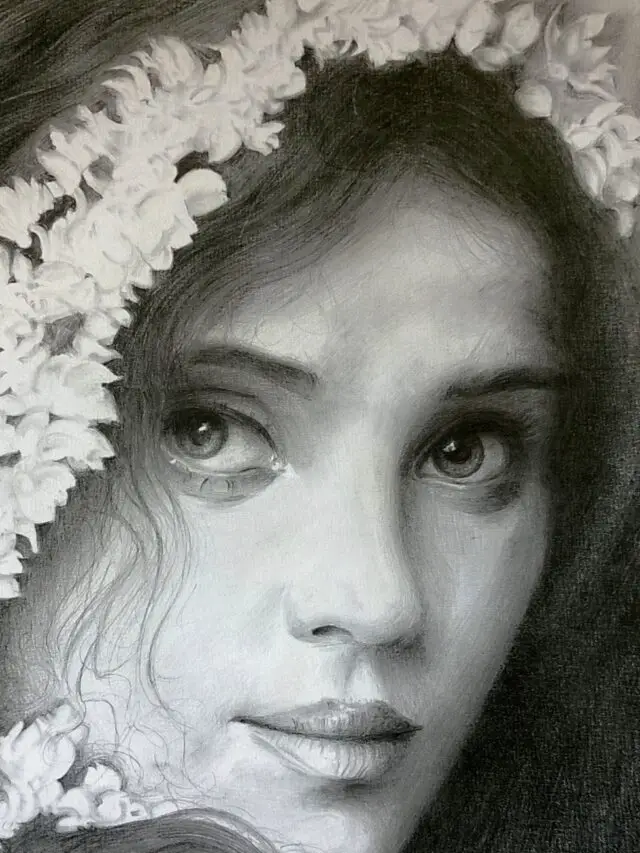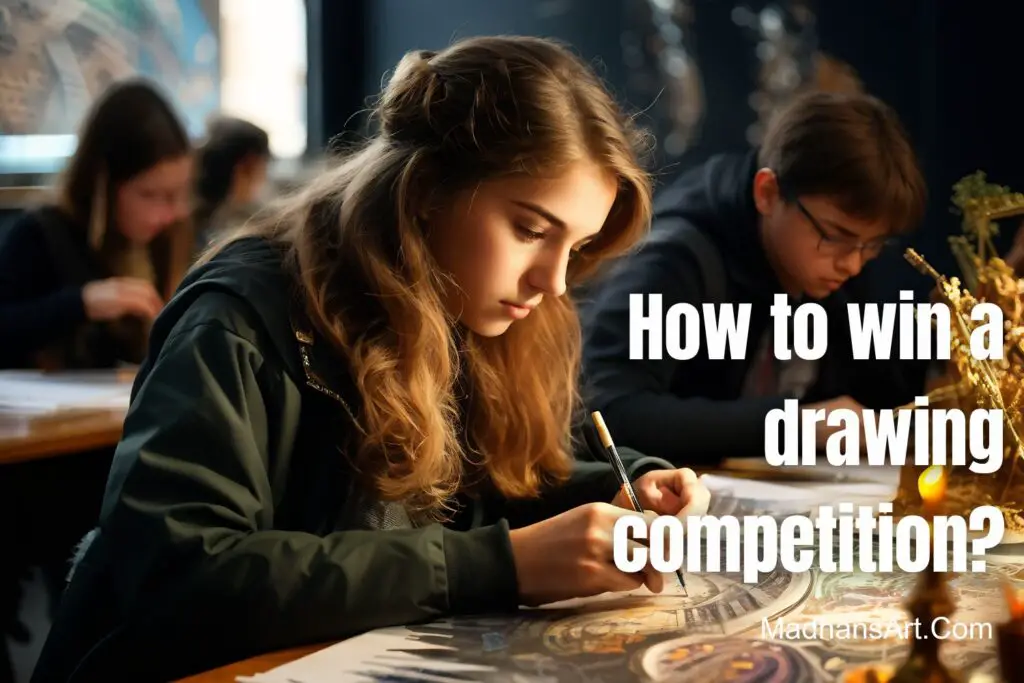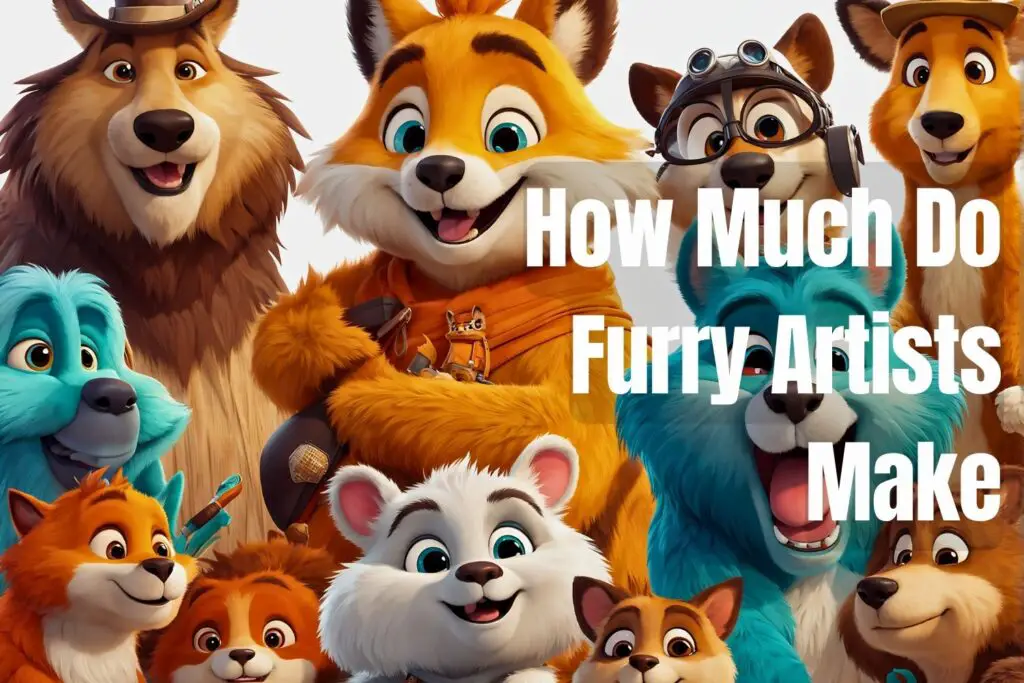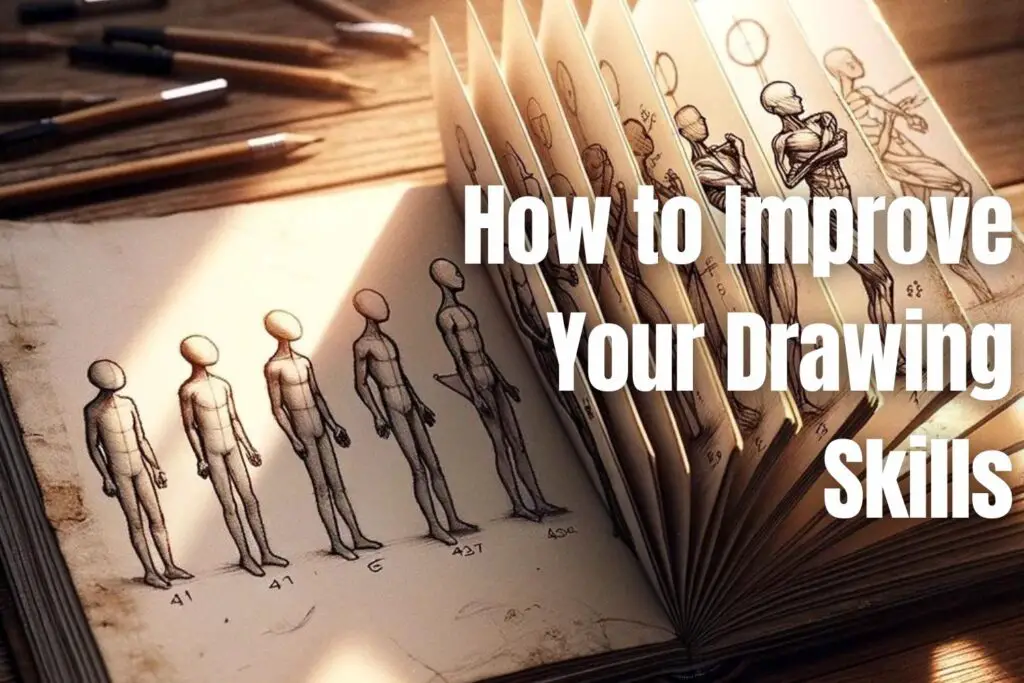Linear Perspective in Art: Creating Realistic Depth and Space
Linear perspective in art is a drawing technique using a mathematical system to create the illusion of depth on a flat surface. Parallel lines converge at a vanishing point to create the appearance of three-dimensional space.
Linear Perspective in Art: Creating Realistic Depth and Space Read More »









